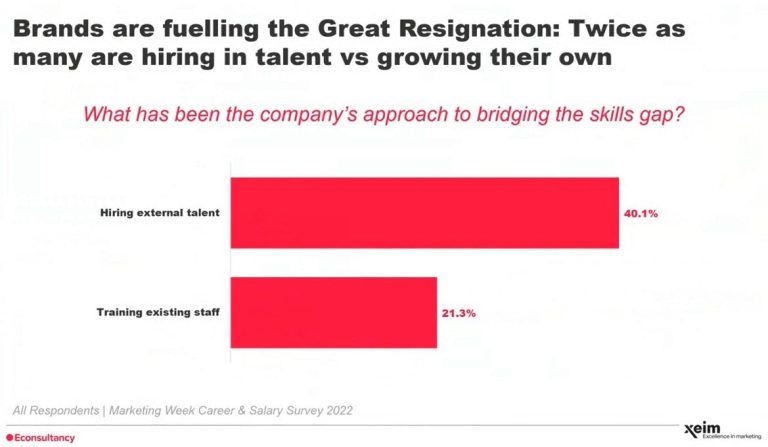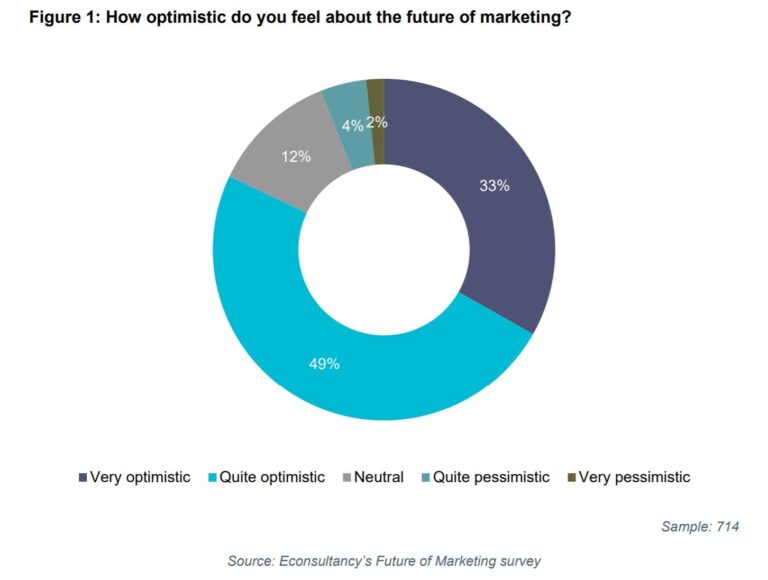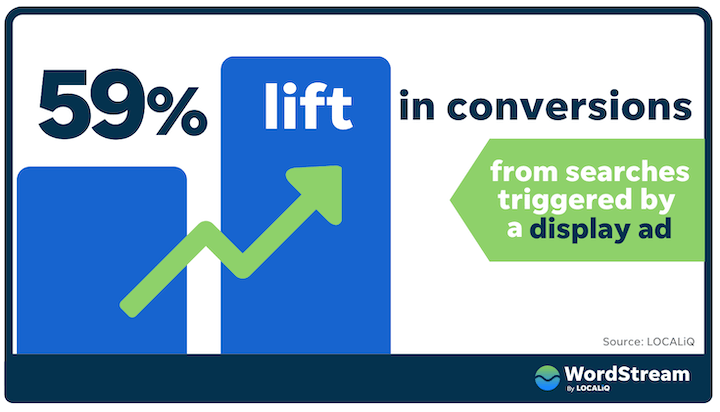
The pandemic is subsiding in many global areas, but supply chain troubles have resumed, particularly in the U.S. and Europe. China is less affected.
According to Gita Gopinath, director of research at the IMF, the unprecedented nature of the current recovery has raised questions about how long supply will take to catch up with accelerating demand. These uncertainties fuel worries that inflation could overshoot central bank targets.
The IMF’s “Supply Chain Disruption Index” measures current delivery times versus expected delivery at existing manufacturing output. The higher the value, the greater the disturbance. In its October 2021 World Economic Outlook report, “Recovery During a Pandemic,” the International Monetary Fund highlighted how supply bottlenecks are key contributors to the risk of inflation and economic uncertainty.
The IMF report attributes supply chain disruptions and increasing raw material prices for the recent rise of consumer prices. According to the report, shortages and other supply-demand dynamics have impacted the flow of crucial manufacturing components, such as semiconductor chips. Moreover, the relative scarcity of core transportation assets, such as shipping containers, resulted in delays and changes in traditional routes.
- Consumer prices will likely accelerate temporarily. More than 70 countries will experience above 4% CPI inflation compared to 54 countries in 2020.
- The IMF considers the recent increases in inflation in the U.S., Europe, and many developing economies as driven by temporary supply-demand mismatches. However, shortages, pent-up demand, and the rebound in commodity prices create uncertainty.
Key takeaways from the IMF report:
The U.S. Census Bureau surveyed small U.S. businesses from Nov. 15 to Nov. 21, 2021, asking whether they’ve experienced supplier disruptions. The results, by select sector, are below.
–





